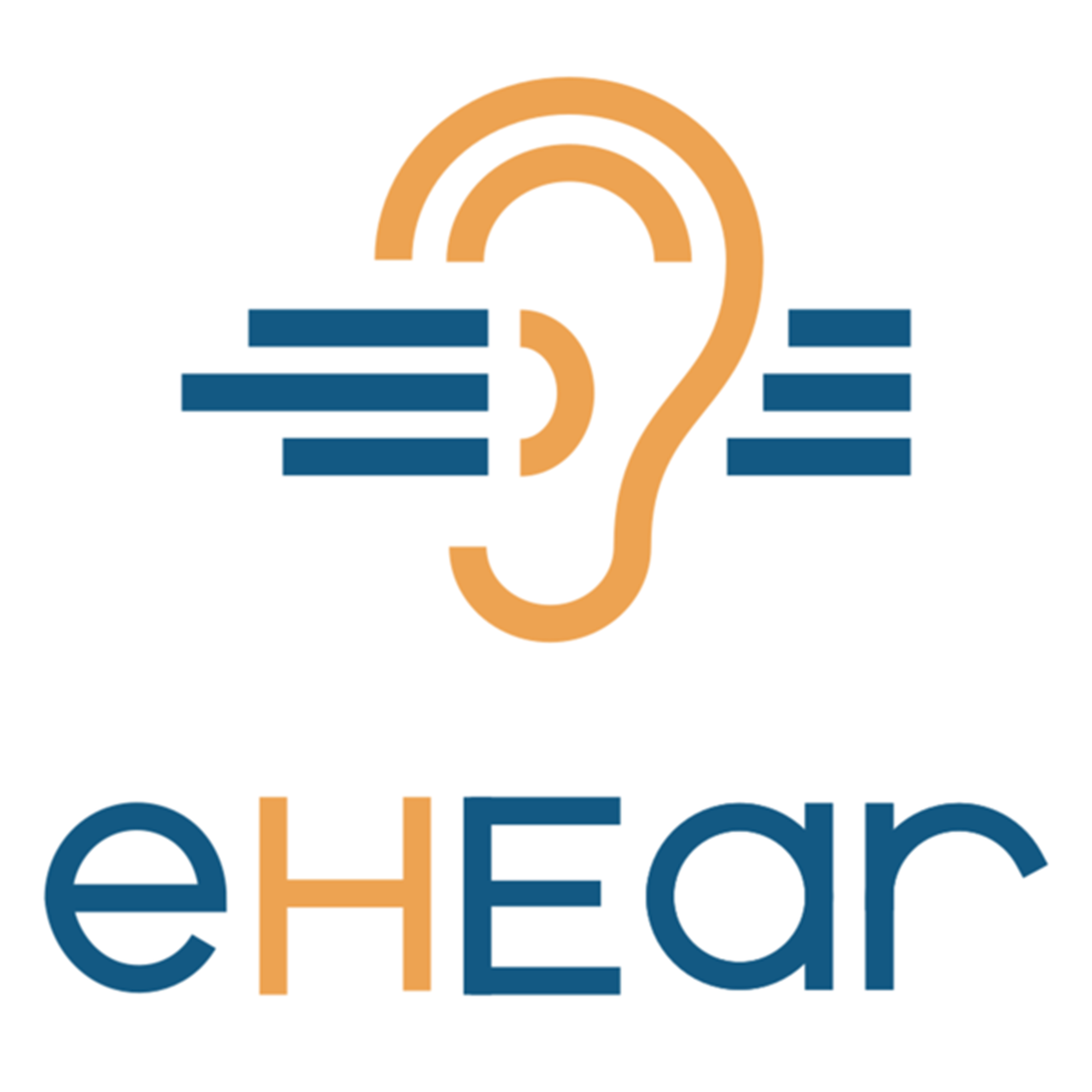Research project In this project, a newly developed mobile/tablet-based application for the assessment of ear inflammation (otitis media) is being developed, tested, and evaluated.
.

Beskrivning saknas
Image[Fotograf saknas]The project has four phases:
A. Investigating the diagnostic accuracy of ear inflammation in primary care with a systematic review and surveys – what is the current situation?
B. Developing and testing new mobile/tablet-based technology with artificial intelligence – can we develop a reliable technical solution?
C. Evaluating the technology in a clinical environment to see if it can improve diagnostics compared to standard clinical practice – can our technology be used in primary care and improve diagnostic accuracy?
D. Examining the trust and perception of artificial intelligence in clinical practice – do healthcare professionals and patients trust assessments made with artificial intelligence, and do they see any value in using it?
Ear inflammation in the middle ear and ear canal are common issues in primary and child healthcare. Acute otitis media (AOM) is one of the most common infections in children and causes a significant global burden on healthcare. Ear inflammation is most often diagnosed in primary care, but accurate assessments can be difficult, with approximately one-third of the diagnoses being incorrect. Access to doctors capable of making assessments is severely lacking in many parts of the world.
An otoscope is usually used to diagnose ear inflammation by inspecting the ear canal and eardrum. The appearance of the eardrum and, indirectly, the middle ear is assessed with the otoscope. The challenge lies in determining if there is fluid behind the eardrum, which is crucial for an accurate diagnosis and appropriate treatment. Diagnostic uncertainty can lead to overdiagnosis of AOM (30–50%). This leads to the overuse of antibiotics, increasing the risk of antibiotic resistance, and patients who are misdiagnosed as having a normal ear miss out on necessary treatment.
Photographing or filming the eardrum with video otoscopy can be used to increase access to AOM diagnoses and, to some extent, improve diagnostic accuracy.
Fluid in the middle ear is a sign of middle ear inflammation, but it is difficult to assess using only images. Fluid assessment can be performed with an attachment to the otoscope, where air pressure in the ear canal is varied to cause the eardrum to move, known as pneumatic otoscopy. If the eardrum does not move, it may be a sign of fluid in the middle ear. Another technique for assessing middle ear fluid is to send sound signals toward the eardrum and measure the echoes that bounce off the eardrum. Tympanometry is one such technique, but it is relatively expensive and underutilized. A simpler and cheaper alternative is acoustic reflectometry.
Artificial intelligence could be used to improve the accuracy of ear inflammation assessments. Neural networks, a type of artificial intelligence, have proven useful in image assessments, and there is great potential in analysing eardrum images with high accuracy. Artificial intelligence and neural networks have traditionally required advanced computers, but modern smartphones and tablets have been developed with fast processors, which could be combined with neural networks.
The overarching goal of this interdisciplinary project is to improve access to and accuracy of ear inflammation diagnoses by using smartphone/tablet technology with embedded artificial intelligence. With our self-developed application, designed for both iOS and Android, a simple digital otoscope can be connected to the smartphone, and images of the eardrum can be stored. Patient symptom data is recorded in the application along with the images. For assessing fluid in the middle ear, we use the smartphone’s/tablet’s speaker and microphone for simple acoustic reflectometry. The network then makes an assessment based on all this information. To compare with current clinical practices and evaluate the system’s usability, we will conduct studies in a clinical environment in a national collaboration. The diagnostic accuracy of our network will be compared with general practitioners' clinical assessments. A “true” diagnosis (reference) will be determined by an expert panel consisting of ear-nose-throat doctors and general practitioners by assessing all the collected information.
Our hypothesis is that the combination of images, symptoms, and sounds analysed by a smartphone/tablet-based neural network will improve diagnostic accuracy for ear inflammation.
To gain knowledge of the current situation, we are conducting a systematic review of diagnostic accuracy for ear inflammation in primary care. We are also conducting a survey to assess general practitioners' diagnostic accuracy. To understand how our AI-based diagnostic system might be accepted in clinical practice, we need to explore users’ and patients' expectations, perceptions, and concerns about artificial intelligence. This will be done through surveys and interview studies.